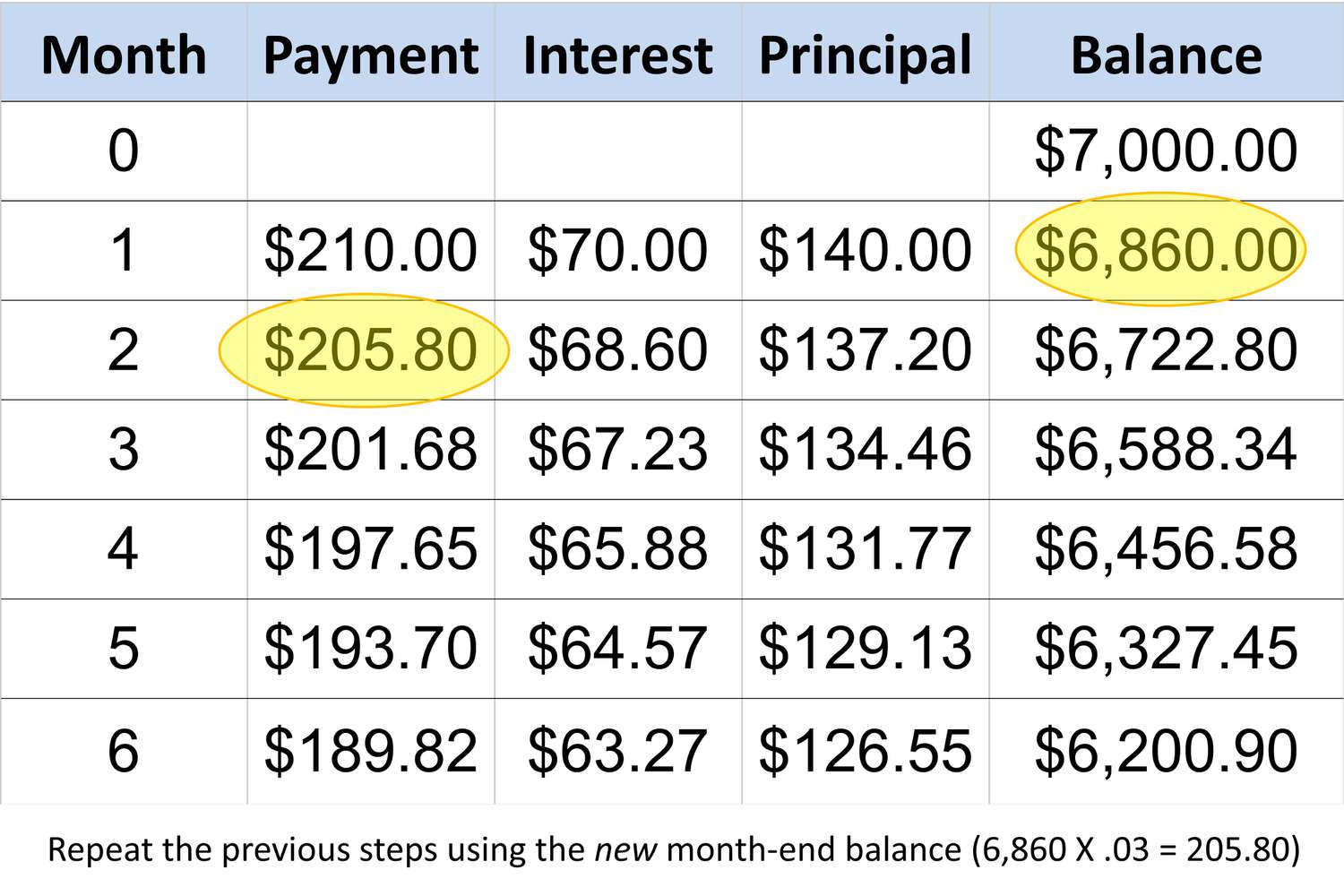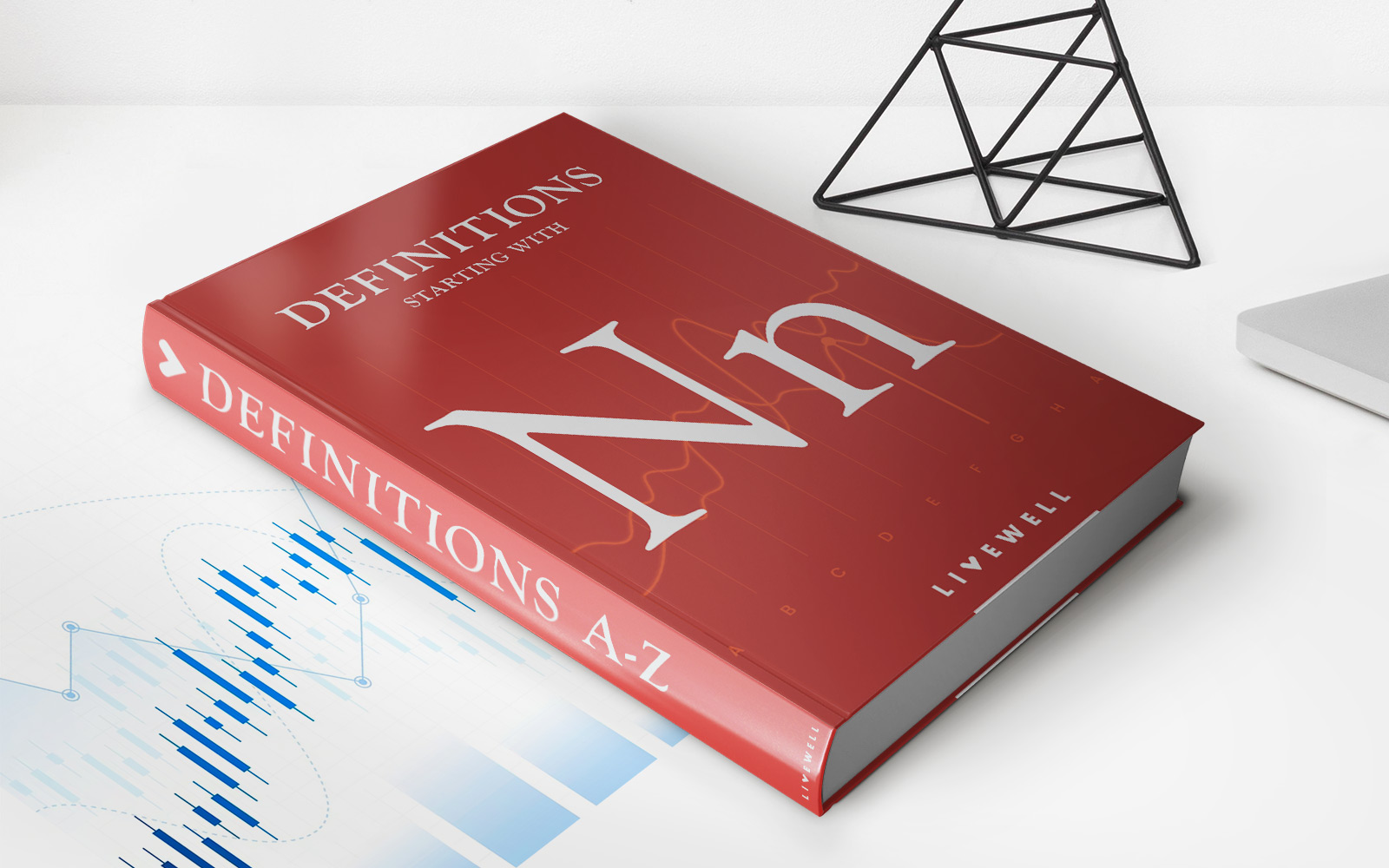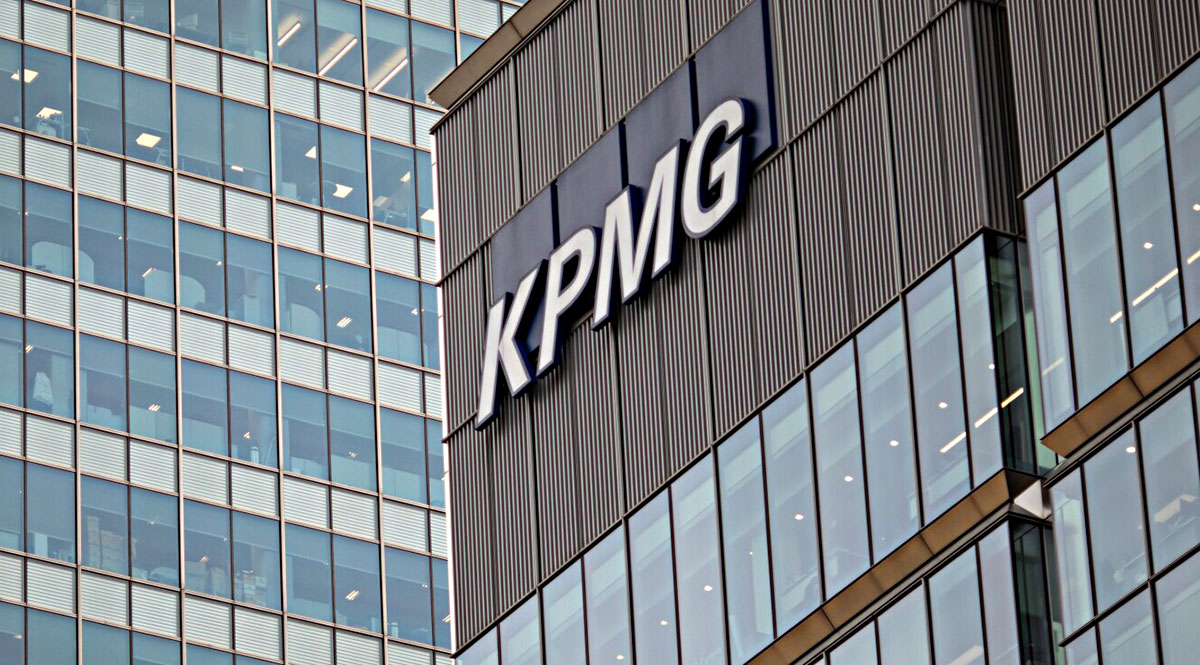Home>Finance>What Would The Minimum Payments Be For $20,000 On A Revolving Credit Card?


Finance
What Would The Minimum Payments Be For $20,000 On A Revolving Credit Card?
Published: February 29, 2024
Find out the minimum payments for a $20,000 revolving credit card balance. Get expert advice on managing your finances effectively.
(Many of the links in this article redirect to a specific reviewed product. Your purchase of these products through affiliate links helps to generate commission for LiveWell, at no extra cost. Learn more)
Table of Contents
Introduction
Revolving credit cards are a common financial tool that many individuals utilize for various expenses, from everyday purchases to significant investments. Understanding the nuances of revolving credit cards, including the minimum payment requirements, is crucial for responsible financial management. When it comes to managing a substantial balance on a revolving credit card, such as $20,000, knowing the minimum payment requirements becomes even more vital.
In this article, we will delve into the intricacies of revolving credit cards and explore the factors that influence minimum payments. Additionally, we will calculate the minimum payments for a $20,000 balance on a revolving credit card, shedding light on the financial obligations that accompany such a scenario. Furthermore, we will emphasize the significance of paying more than the minimum amount due and the long-term implications of solely making minimum payments.
By gaining insight into the mechanics of revolving credit cards and the associated minimum payments, individuals can make informed decisions about managing their credit card balances. Let's embark on a journey to unravel the complexities of minimum payments on a $20,000 revolving credit card balance and discover the prudent financial strategies that can lead to improved fiscal well-being.
Understanding Revolving Credit Cards
Revolving credit cards differ from traditional credit cards in that they allow cardholders to carry a balance from month to month, rather than requiring full payment by the due date. This feature provides individuals with flexibility in managing their expenses and cash flow. When a cardholder makes a purchase using a revolving credit card, the amount spent contributes to the overall balance, which can be paid off over time, subject to the minimum payment requirement.
One of the defining characteristics of revolving credit cards is the revolving line of credit, which establishes the maximum amount that the cardholder can borrow. As the balance is paid down, the available credit is replenished, allowing for ongoing use within the specified credit limit. This revolving nature distinguishes these cards from installment loans, where a fixed sum is borrowed and repaid over a predetermined period.
Revolving credit cards often come with variable interest rates, meaning that the cost of carrying a balance can fluctuate based on market conditions and the cardholder’s creditworthiness. Additionally, these cards may offer rewards programs, cashback incentives, or other perks to attract and retain cardholders. While these benefits can be advantageous, they should be weighed against the potential costs of carrying a balance and accruing interest over time.
Understanding the fundamental principles of revolving credit cards is essential for making informed financial decisions. By grasping the dynamics of revolving balances, minimum payments, and interest accrual, individuals can navigate the complexities of credit card usage more effectively. With this foundational knowledge in place, we can explore the factors that influence minimum payments on revolving credit cards, particularly in the context of a $20,000 balance.
Factors Affecting Minimum Payments
The minimum payment on a revolving credit card is influenced by several key factors, each of which plays a significant role in determining the required monthly amount. Understanding these factors is essential for cardholders seeking to manage their credit card balances responsibly.
- Balance Owed: The outstanding balance on the credit card directly impacts the minimum payment due. As the balance increases, the minimum payment will also rise, reflecting the greater amount owed.
- Interest Rate: The annual percentage rate (APR) associated with the credit card affects the minimum payment calculation. Higher interest rates lead to larger minimum payments, as a greater portion of the payment goes towards interest rather than reducing the principal balance.
- Minimum Payment Percentage: Credit card issuers typically set a minimum payment percentage, often around 1-3% of the total balance. This percentage, applied to the outstanding balance, determines the minimum payment due each month.
- Accrued Interest: If interest has accrued on the balance since the last payment, it will be added to the outstanding amount, increasing the minimum payment for the subsequent billing cycle.
- Fees and Penalties: Late fees, over-limit fees, and other penalties can impact the minimum payment amount, especially if these charges contribute to the overall balance.
- Credit Score: A cardholder’s creditworthiness may influence the minimum payment, as individuals with lower credit scores or a history of missed payments may face higher minimum payment requirements.
These factors interact to determine the minimum payment on a revolving credit card. As we explore the calculation of minimum payments for a $20,000 balance, it is important to recognize how these elements shape the financial obligations associated with maintaining a sizable credit card balance. By understanding these influences, cardholders can make informed decisions about managing their credit card debt and mitigating the long-term impact of revolving balances.
Calculating Minimum Payments for $20,000
When confronted with a $20,000 balance on a revolving credit card, determining the minimum payment becomes a critical aspect of financial planning. To calculate the minimum payment for such a balance, we can consider the standard factors that influence the minimum payment amount.
Assuming a minimum payment percentage of 2% and an APR of 18%, we can approximate the minimum payment for the $20,000 balance. Applying the 2% minimum payment percentage to the balance yields a minimum payment of $400. However, it is crucial to recognize that this amount primarily covers the interest accrued, with only a fraction contributing to reducing the principal balance. As a result, carrying a substantial balance while making minimum payments can lead to prolonged repayment periods and increased interest costs.
Furthermore, if additional fees, such as late fees or over-limit charges, have been incurred, they will augment the total balance, consequently affecting the minimum payment for the subsequent billing cycle. This highlights the compounding nature of credit card debt, where the interplay of interest, fees, and the outstanding balance can perpetuate a cycle of increasing financial obligations.
Cardholders facing a $20,000 balance on a revolving credit card should be mindful of the long-term implications of solely making minimum payments. While meeting the minimum payment requirements is essential to avoid penalties and maintain a positive credit standing, it is advisable to strive for more substantial payments to expedite the reduction of the balance and minimize interest accrual.
By comprehending the calculations and implications of minimum payments for a $20,000 balance, individuals can make informed choices regarding their repayment strategy. This understanding empowers cardholders to proactively manage their credit card debt and work towards financial stability, ultimately mitigating the challenges associated with sizable revolving balances.
Importance of Paying More Than the Minimum
While meeting the minimum payment requirement is a fundamental aspect of responsible credit card management, it is equally crucial to recognize the significance of paying more than the minimum, especially when facing a substantial balance such as $20,000 on a revolving credit card.
By making only the minimum payment each month, cardholders may find themselves trapped in a cycle of prolonged debt repayment. The majority of the minimum payment often goes towards covering interest, resulting in a slow reduction of the principal balance. Consequently, this extended repayment period leads to higher overall interest costs, ultimately amplifying the financial burden associated with the outstanding balance.
Opting to pay more than the minimum amount can yield several benefits. Firstly, it accelerates the reduction of the principal balance, leading to a quicker path to debt freedom. By allocating larger payments towards the balance, individuals can minimize the interest accrued and expedite the journey towards financial liberation from credit card debt.
Moreover, paying more than the minimum can enhance creditworthiness and financial well-being. By demonstrating a proactive approach to debt repayment, individuals can bolster their credit profile and signal responsible financial behavior to creditors and credit bureaus. This, in turn, can contribute to improved credit scores and expanded financial opportunities in the future.
When faced with a substantial balance on a revolving credit card, it is prudent to explore avenues for increasing monthly payments, whether through reallocating discretionary funds, exploring additional income sources, or implementing budgetary adjustments. Even modest increments in payment amounts can yield substantial long-term benefits, mitigating the challenges associated with carrying a sizable credit card balance.
Ultimately, recognizing the importance of paying more than the minimum empowers individuals to take control of their financial destinies. By embracing a proactive and strategic approach to debt repayment, individuals can navigate the complexities of credit card balances with confidence, paving the way for enhanced financial stability and a brighter fiscal future.
Conclusion
Navigating the realm of revolving credit cards, particularly when managing a substantial balance such as $20,000, necessitates a nuanced understanding of minimum payments and their implications. By unraveling the factors that influence minimum payments, individuals can gain insight into the financial commitments associated with maintaining a sizable credit card balance.
It is evident that the minimum payment on a $20,000 revolving credit card balance is influenced by various factors, including the outstanding balance, interest rates, minimum payment percentage, accrued interest, fees, and creditworthiness. These elements converge to shape the minimum payment obligation, underscoring the importance of comprehending the intricacies of credit card debt management.
Furthermore, the calculation of minimum payments for a $20,000 balance illuminates the long-term ramifications of solely making minimum payments. While meeting the minimum requirement is essential, it is equally crucial to recognize the benefits of paying more than the minimum. By allocating higher payments towards the balance, individuals can expedite debt reduction, minimize interest costs, and fortify their financial well-being.
Ultimately, the prudent management of a $20,000 revolving credit card balance entails a proactive and informed approach to debt repayment. By embracing strategies that transcend minimum payments, individuals can chart a course towards financial liberation, creditworthiness enhancement, and sustained fiscal health.
Armed with this knowledge, individuals can navigate the complexities of credit card balances with confidence, leveraging informed decision-making to mitigate the challenges associated with substantial revolving debt. By prioritizing financial responsibility and strategic debt repayment, individuals can pave the way for improved fiscal well-being and a brighter financial future.














